Crystal Structure
Crystal structure refers to the arrangement of atoms, ions, or molecules in a crystalline material. Crystalline materials are characterized by their highly ordered, repeating three-dimensional patterns. Understanding crystal structure is important in various scientific fields, including chemistry, physics, and materials science.
Key Concepts
- Lattice: The lattice is the three-dimensional arrangement of points in a crystal that represents the positions of the atoms, ions, or molecules. It can be visualized as a framework within which the crystal structure is built.
- Unit Cell: The unit cell is the smallest repeating unit of a crystal lattice. It is used to describe the three-dimensional arrangement of atoms in the crystal structure.
- Bravais Lattice: The Bravais lattice is a classification of lattices based on their symmetry. There are 14 possible Bravais lattices in three dimensions.
- Crystal Systems: Crystals are categorized into seven crystal systems based on their symmetry and the lengths and angles between crystallographic axes. These systems include cubic, tetragonal, orthorhombic, rhombohedral, hexagonal, monoclinic, and triclinic.
- Coordination Number: The coordination number of an atom in a crystal is the number of nearest neighboring atoms. It influences the properties of the material, such as its density, hardness, and conductivity.
- Miller Indices: Miller indices are used to describe the orientation of crystal planes and directions within a crystal lattice. They are important for understanding the physical and chemical properties of crystalline materials.
Study Guide
To effectively study crystal structure, consider the following steps:
- Understand the concept of a lattice and its significance in crystal structures.
- Learn about the different types of unit cells and their characteristics.
- Explore the Bravais lattices and their relationship to crystal symmetry.
- Study the seven crystal systems and the unique properties associated with each system.
- Examine the concept of coordination number and its impact on material properties.
- Practice using Miller indices to describe crystallographic planes and directions.
- Engage in hands-on activities or simulations to visualize and manipulate crystal structures.
- Explore real-world applications of crystal structure in fields such as semiconductor technology, metallurgy, and geology.
By mastering these key concepts and engaging in focused study, you can develop a strong understanding of crystal structure and its implications in various scientific disciplines.
.◂Biology Worksheets and Study Guides High School. Human biology II
Worksheet/Answer key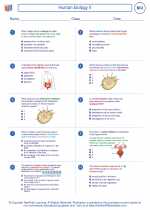 Human biology II
Human biology II  Worksheet/Answer key
Worksheet/Answer key Human biology II
Human biology II  Worksheet/Answer key
Worksheet/Answer key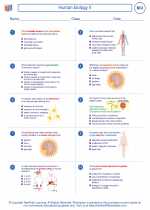 Human biology II
Human biology II  Vocabulary/Answer key
Vocabulary/Answer key Human biology II
Human biology II  Vocabulary/Answer key
Vocabulary/Answer key Human biology II
Human biology II  Vocabulary/Answer key
Vocabulary/Answer key Human biology II
Human biology II  Vocabulary/Answer key
Vocabulary/Answer key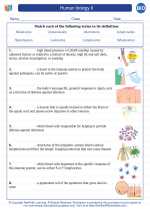 Human biology II
Human biology II  Vocabulary/Answer key
Vocabulary/Answer key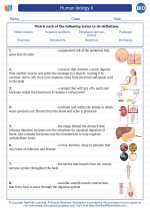 Human biology II
Human biology II  Vocabulary/Answer key
Vocabulary/Answer key Human biology II
Human biology II  Vocabulary/Answer key
Vocabulary/Answer key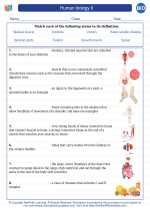 Human biology II
Human biology II 

 Worksheet/Answer key
Worksheet/Answer key
 Worksheet/Answer key
Worksheet/Answer key
 Vocabulary/Answer key
Vocabulary/Answer key
 Vocabulary/Answer key
Vocabulary/Answer key
 Vocabulary/Answer key
Vocabulary/Answer key
 Vocabulary/Answer key
Vocabulary/Answer key
 Vocabulary/Answer key
Vocabulary/Answer key
 Vocabulary/Answer key
Vocabulary/Answer key
 Vocabulary/Answer key
Vocabulary/Answer key

The resources above cover the following skills:
LIFE SCIENCE (NGSS)
From Molecules to Organisms: Structures and Processes
Students who demonstrate understanding can:
Develop and use a model to illustrate the hierarchical organization of interacting systems that provide specific functions within multicellular organisms.
Plan and conduct an investigation to provide evidence that feedback mechanisms maintain homeostasis.